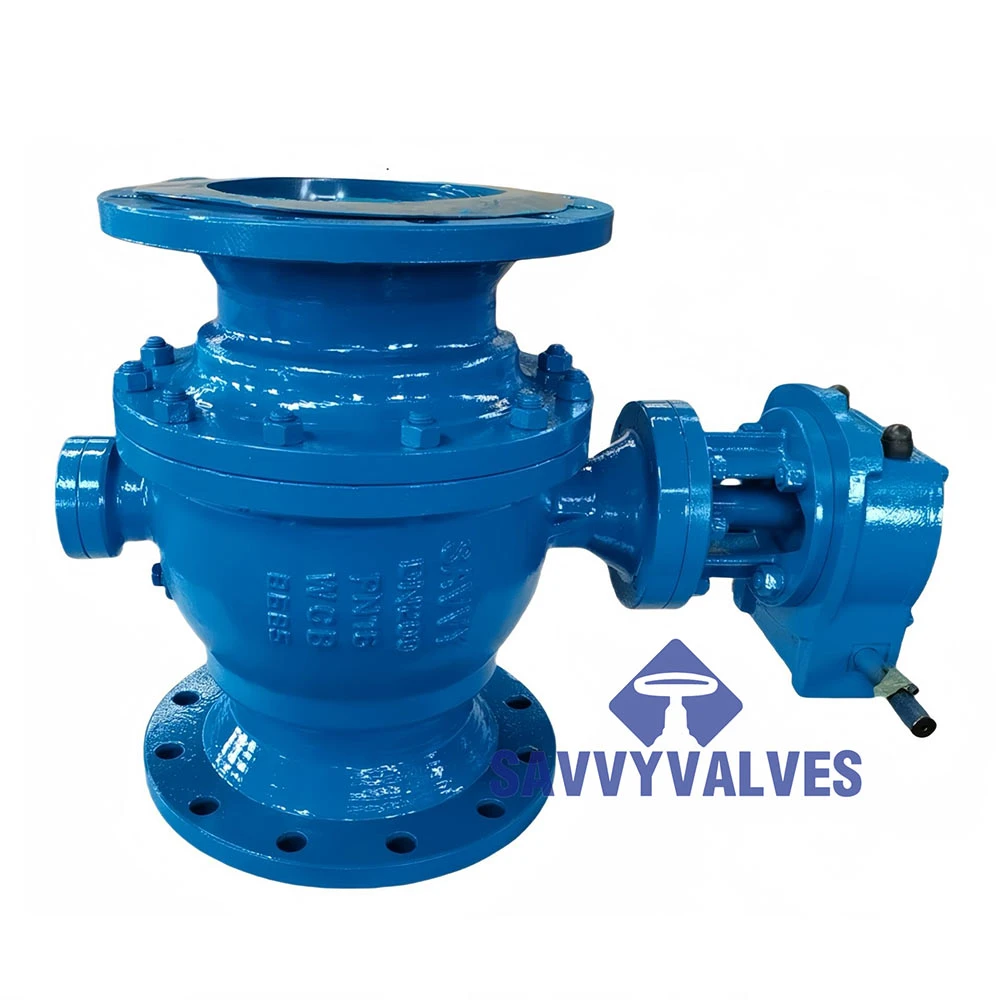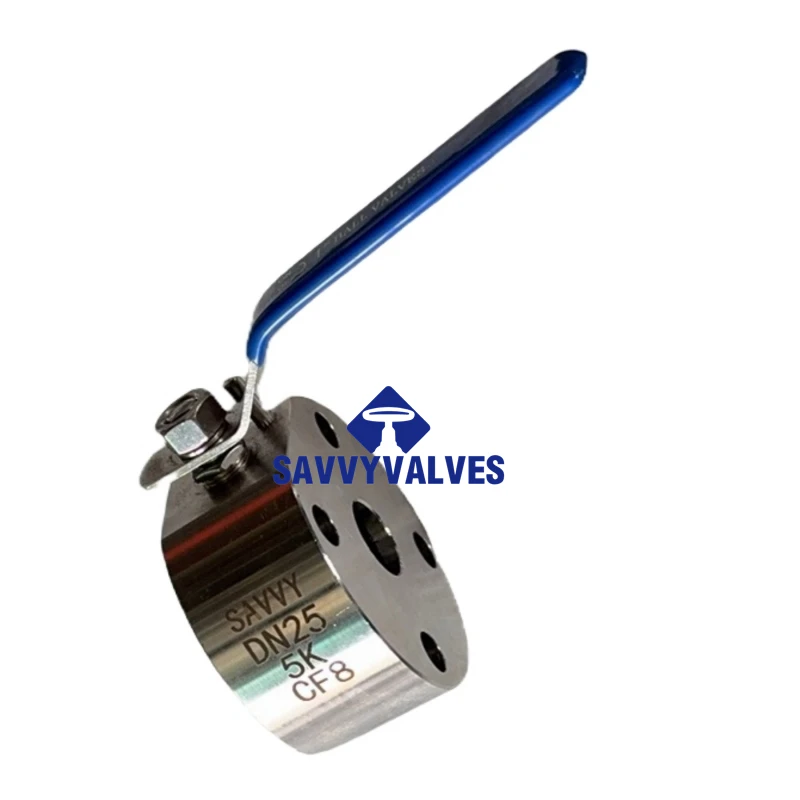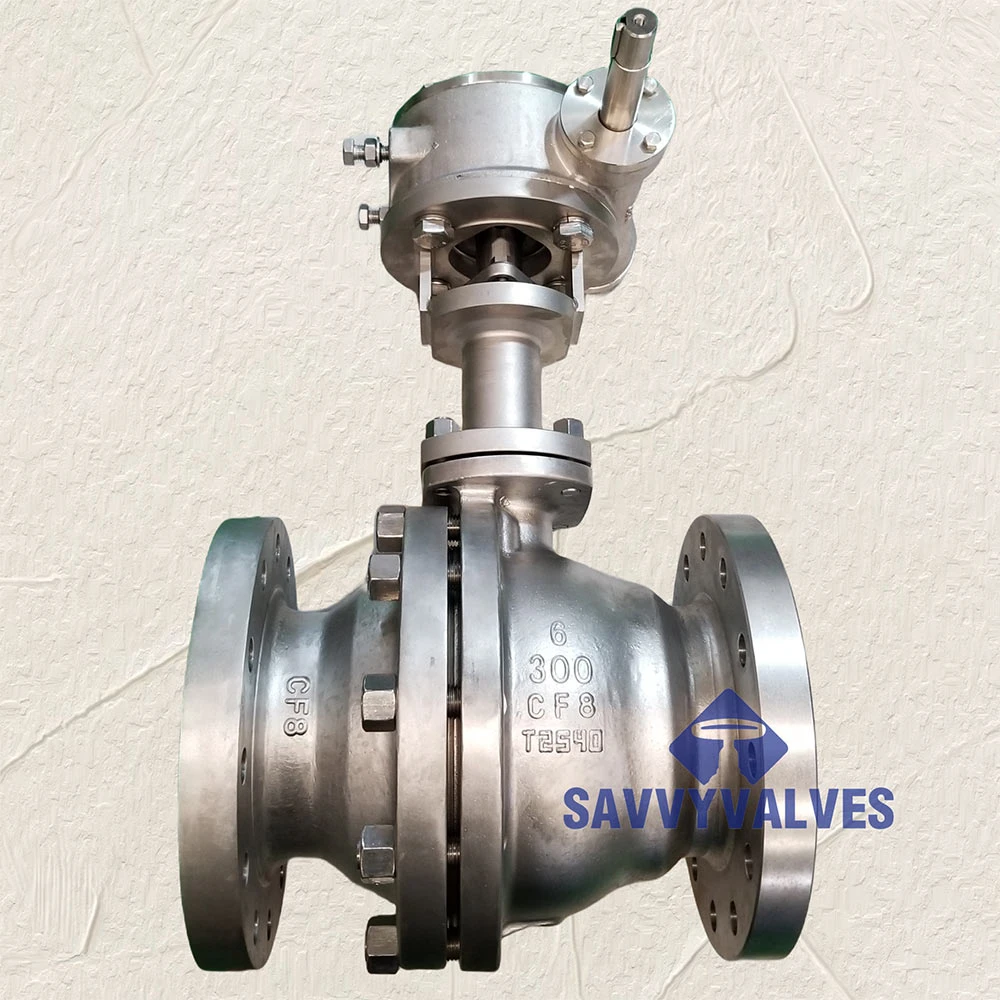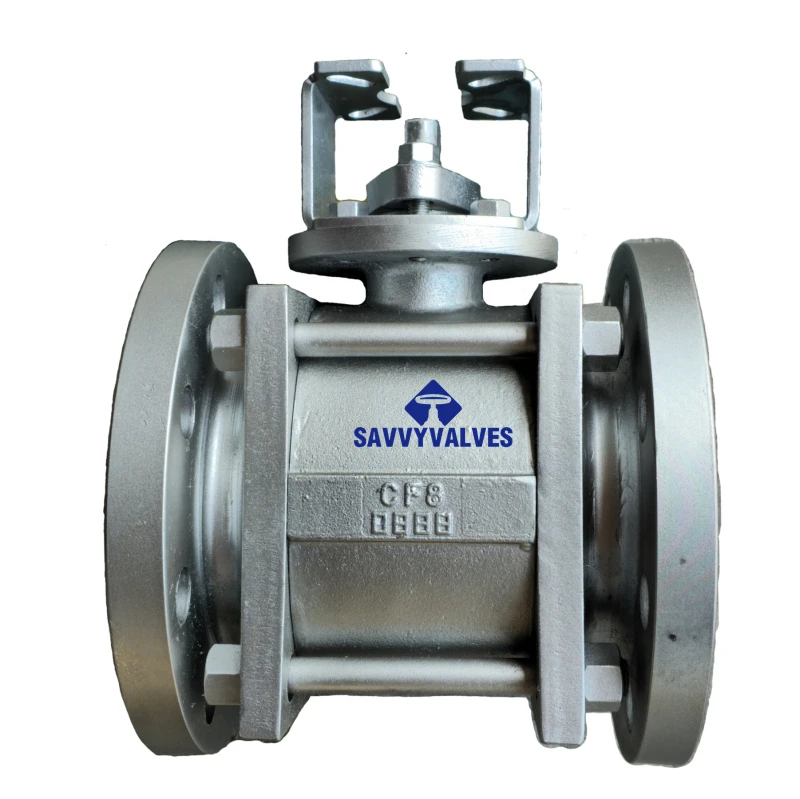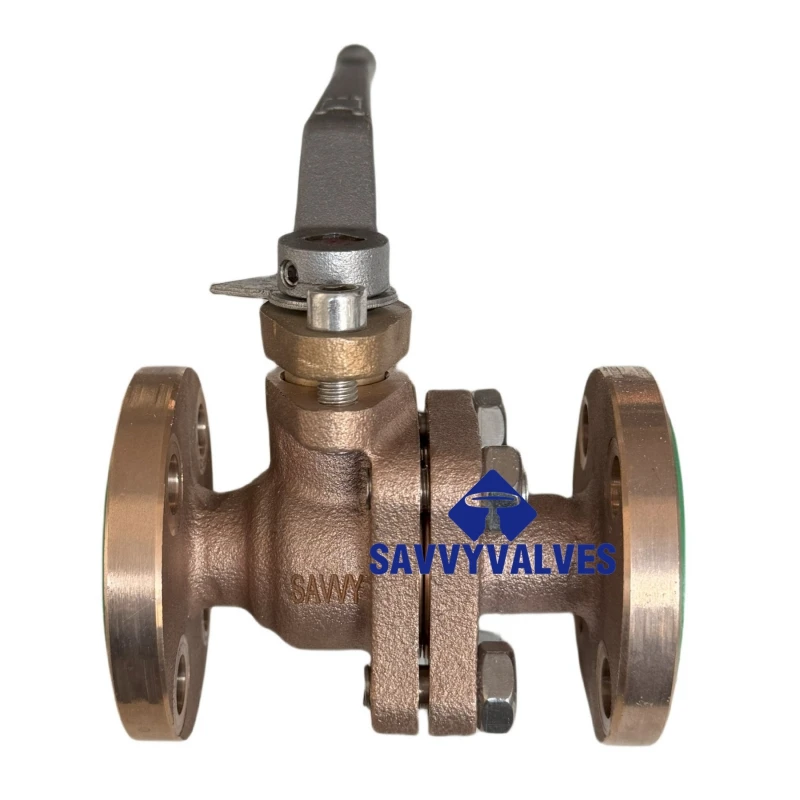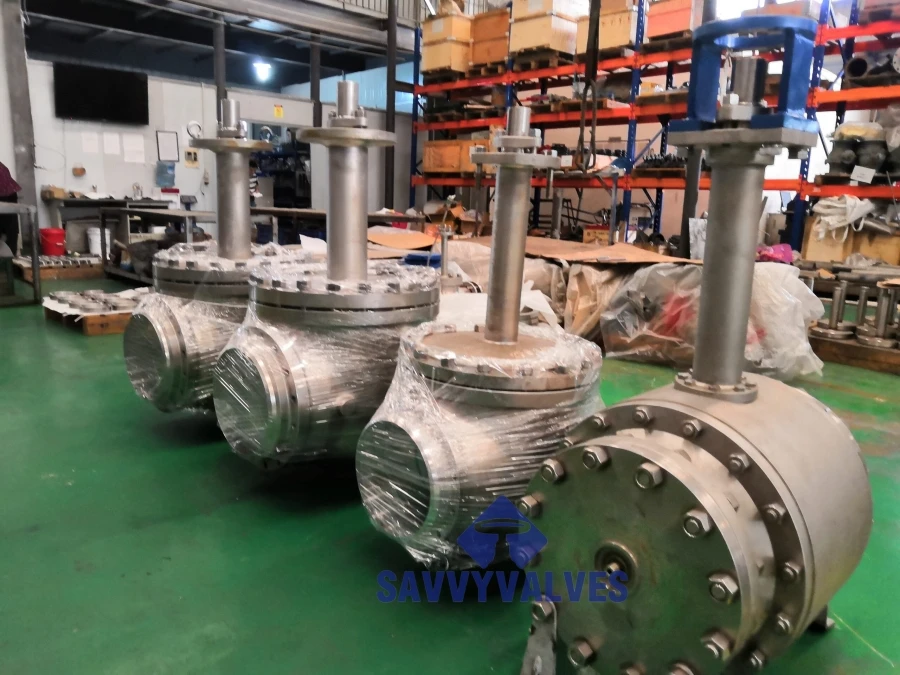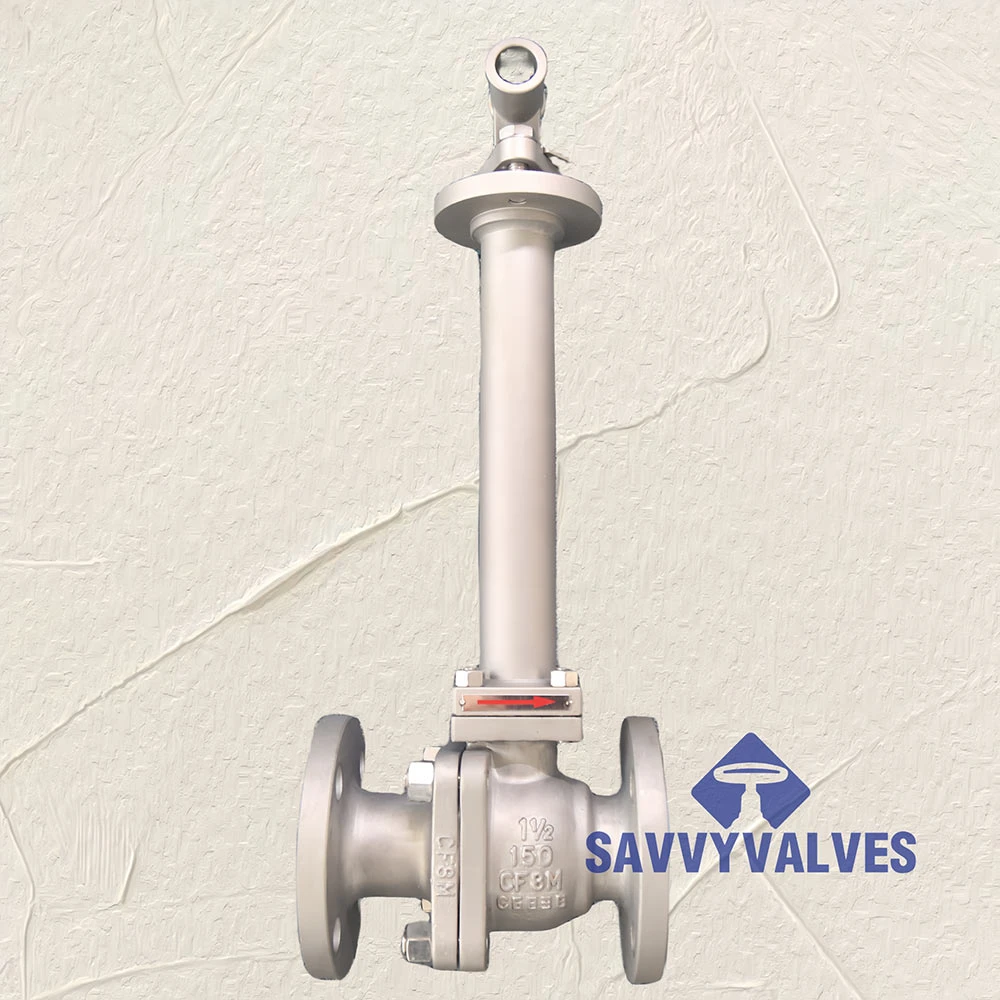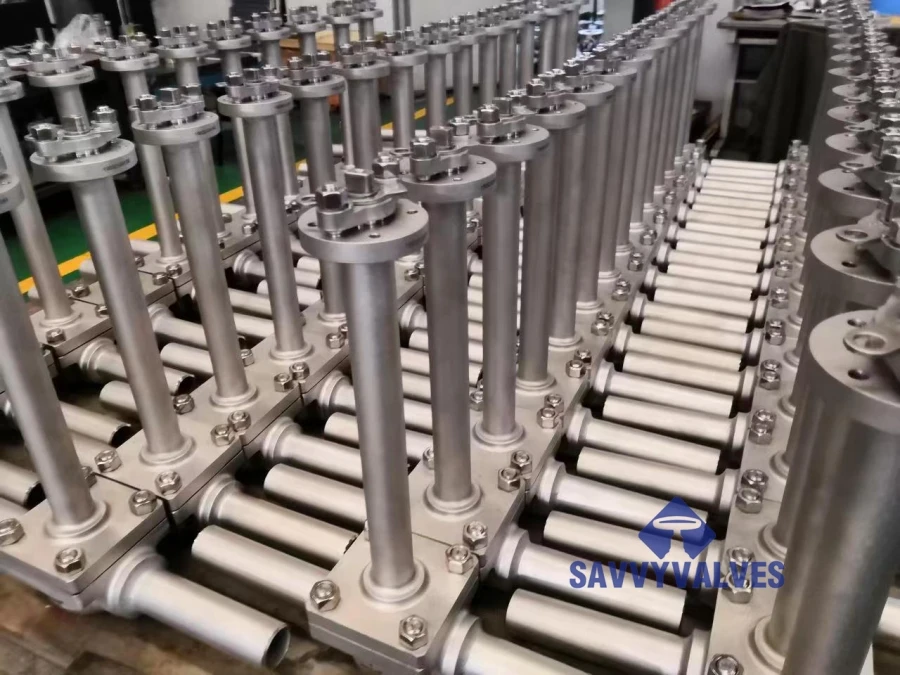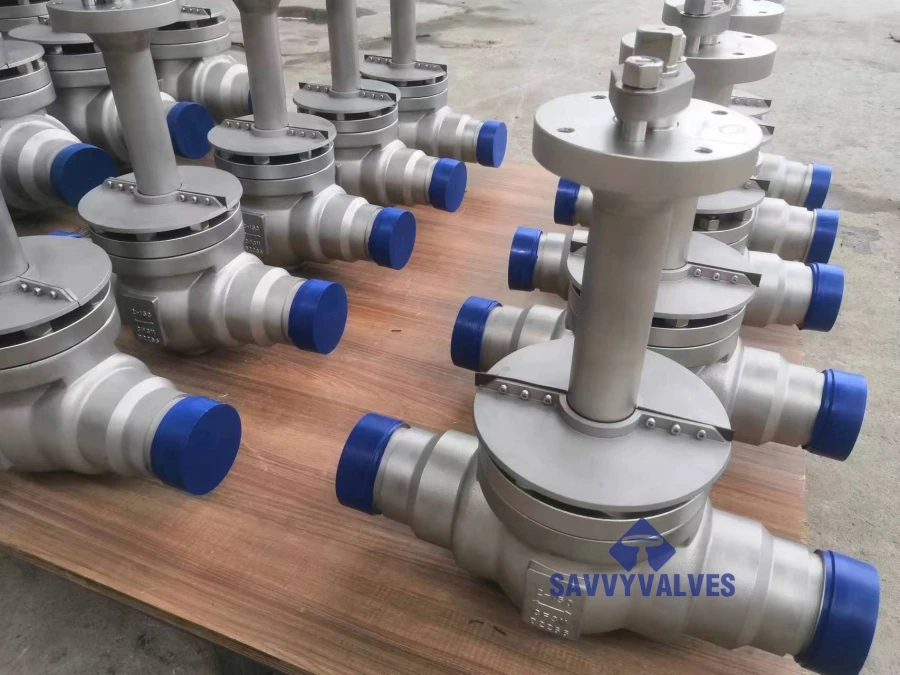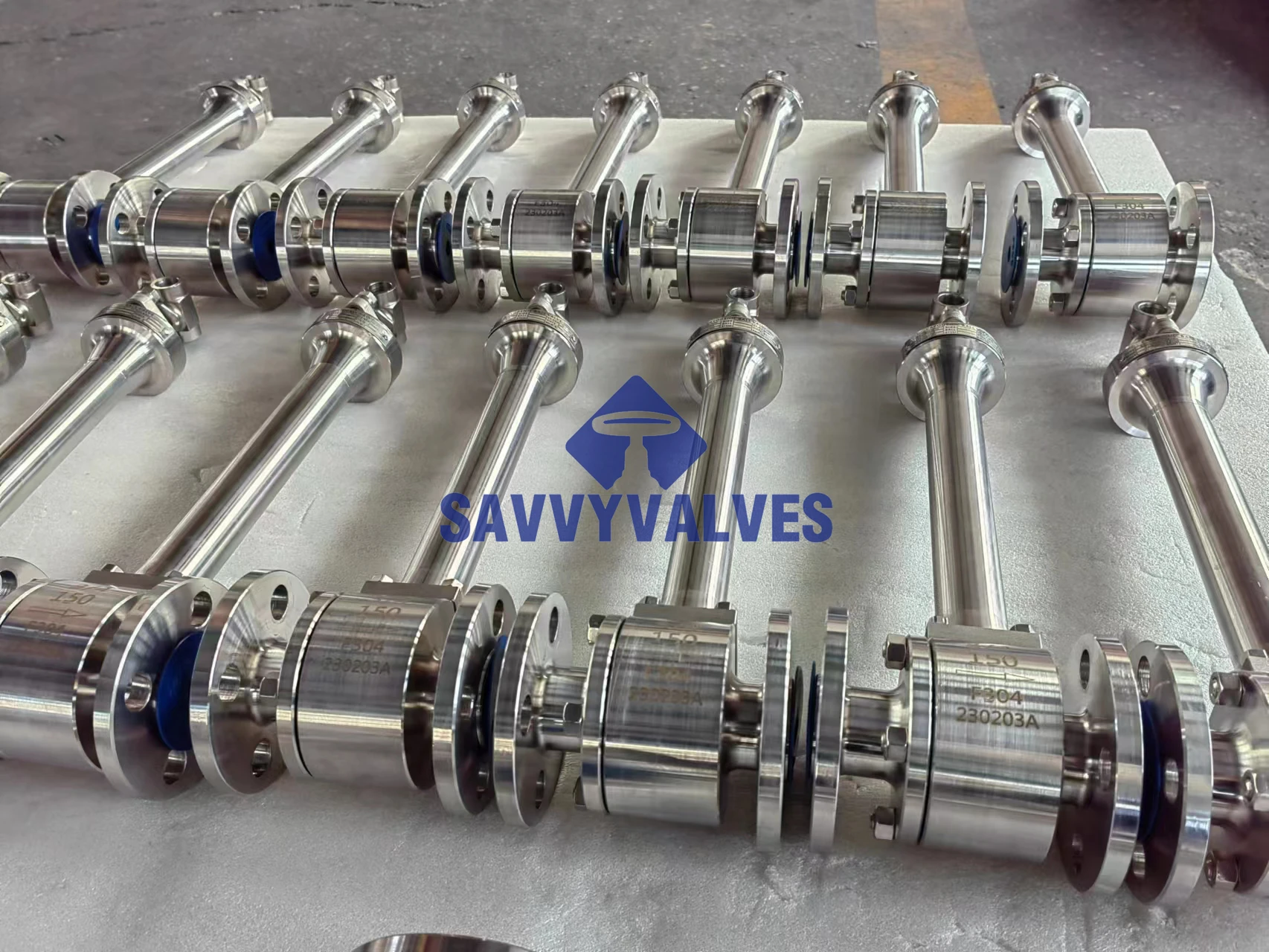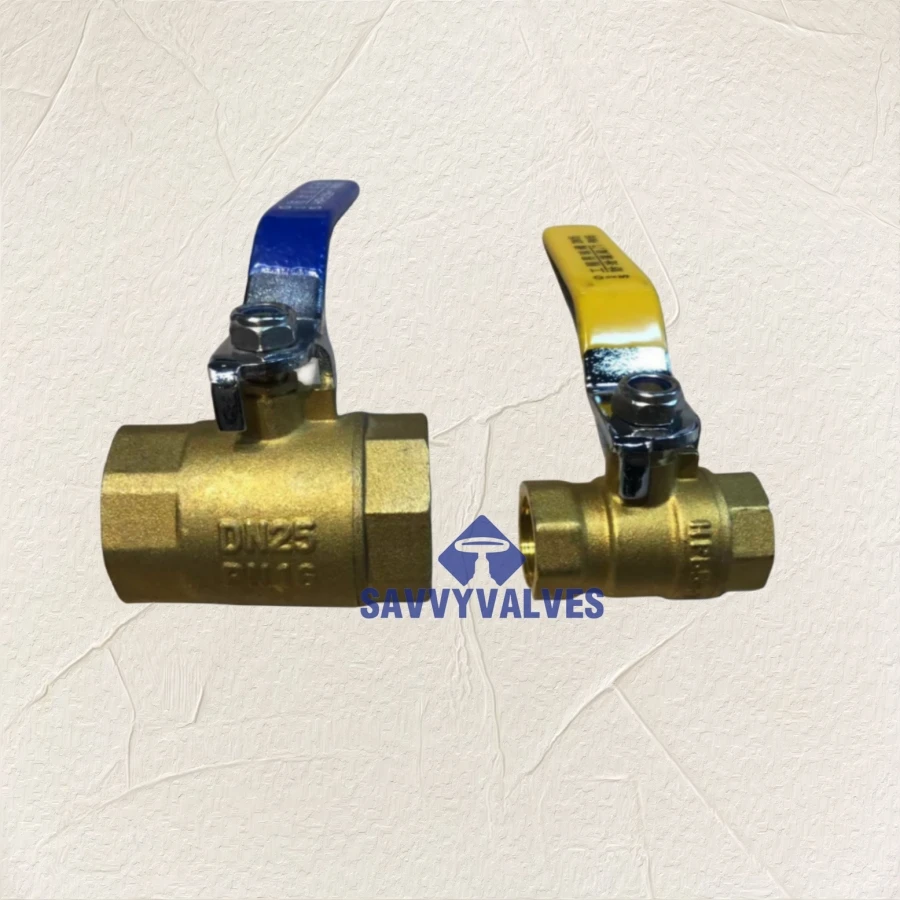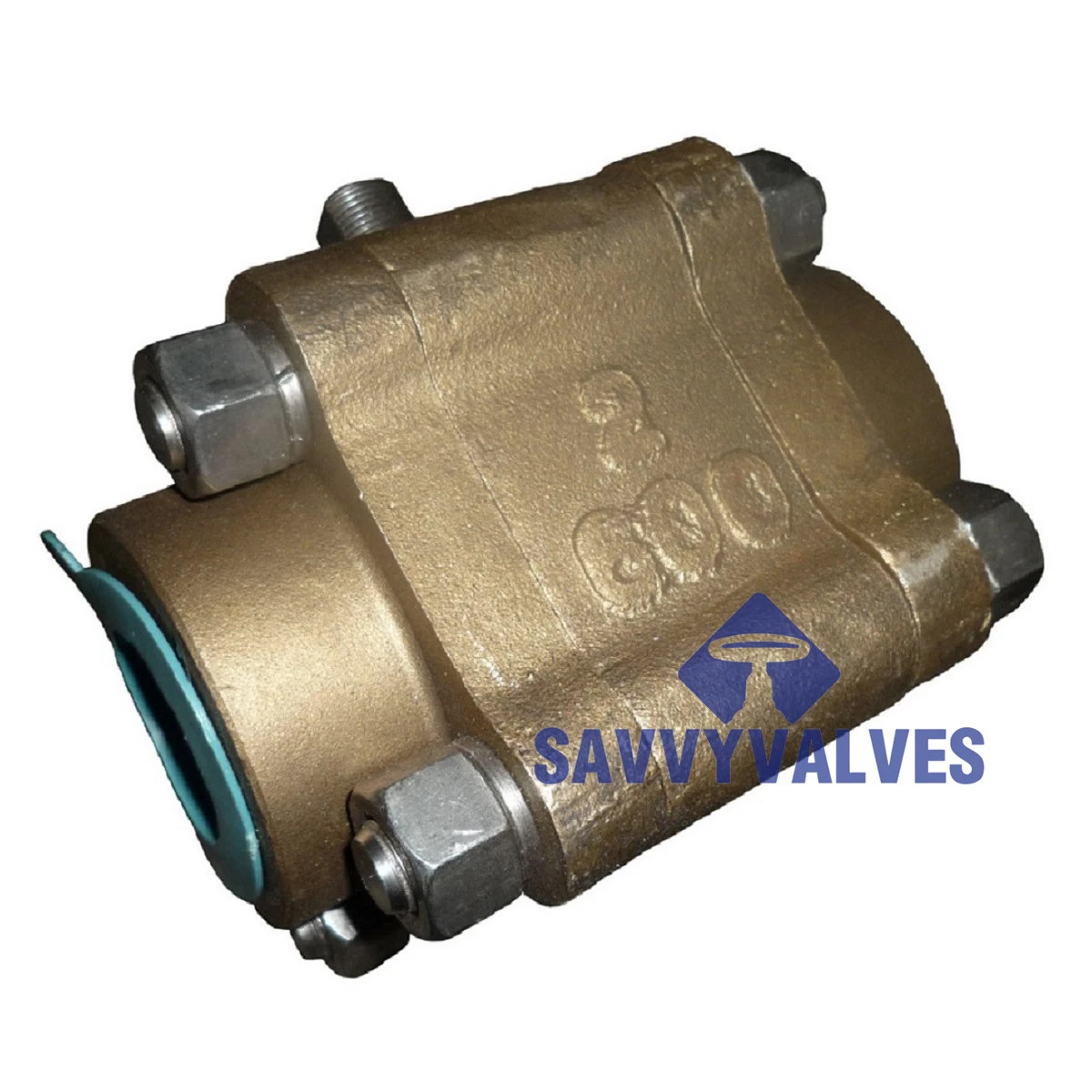ボールバルブ
-
写真はAPI 608トラニオンマウントボールバルブ、縮小ボア、2ピースを示しています
サイズ:10インチ×8インチ
定格:150LB
ボディとボンネット:ASTM A216 WCB
ボール: ASTM A182 F316
ステム:ASTM A182 F316
シート:ASTM A182 F316 カラー、DEVLONインサート付き
スプリング:インコネルX-750
駆動:ギアユニット
-
サイズ: 25A
圧力定格:JIS 5K
主な材料:
本体: ASTM A182 F304
ボール:ASTM A182 F304 + 硬質クロムメッキ(HCR)
ステム: ASTM A182 F304
シート:PTFE(ポリテトラフルオロエチレン)
オペレーター: レバー
接続端: ウェーハ型、JIS B2220 5K規格に従って穴あけ加工
構成: 独自のコンパクトなウエハース型ボディ
表面仕上げ:サンドブラスト、脱脂
温度範囲: –29°C~425°C
-
写真の仕様は以下のとおりです
サイズ: 6インチ
定格: 300LB
端部:ASME B16.5 300LB準拠のフランジ
温度: -70℃
ボディとボンネット:ASTM A351 CF8
ボール: ASTM A182 F304
ステム:ASTM A182 F304
シート:スプリング式PCTFE
駆動方式:空気圧アクチュエータ
-
サイズ: 4インチ × 3インチ (DN100 × DN80)
圧力定格:150 LB(ASME B16.5)
主な材料:
ボディ&ボンネット:ASTM A351 CF8(ステンレス鋼304)
ボール:高性能構造セラミック(Al₂O₃/ZrO₂)
ステム:AISI F304(ステンレス鋼304)
シート:先進セラミック(耐摩耗性・耐腐食性)
操作: ベアシャフト(空気圧、油圧、または電動アクチュエータと互換性あり)
端部接続:レイズドフェイス(RF)フランジ
-
サイズ: 15A、25A
圧力定格:JIS 5K
主な材料:
ボディ/ボンネット:ASTM B62 C83600(鋳造ブロンズ)
ボール:モネルK500
ステム:モネルK500
シート:RPTFE(強化PTFE)
オペレーター: 手動レバー
接続端:JIS B2220 5K フランジフェイス(FF)
表面仕上げ:サンドブラスト&脱脂
温度範囲: -29°C~120°C
-
写真の仕様は以下のとおりです。
サイズ: 6インチ
定格: 300LB
端: ASME B16.5準拠のフランジ
温度: -196 ℃
ボディとボンネット:ASTM A182 F304
ボール: ASTM A182 F304+HF
シート:PCTFEまたはHFメタル
作動:手動およびギア
-
写真の仕様は以下のとおりです
サイズ: 1-1/2インチ
RATING: 150LB
端部:ASME B16.5 300LB準拠のフランジ
温度: -196 ℃
ボディとボンネット:ASTM A351 CF8M
ボール: ASTM A182 F316+HCR
ステム:ASTM A182 F316
シート:スプリング式PCTFE
作動:レバー
-
写真の仕様は以下のとおりです。
サイズ: 1インチ
RATING: 150LB
終了:ASME B16.25に準拠したBW
温度: -196 ℃
ボディとボンネット:A182 F316
ボール: ASTM A182 F316+HF
ステム:ASTM A182 F316
シート:PEEKまたはHFメタル
作動:手動およびギア
-
写真の仕様は以下のとおりです。
サイズ: 8インチ
RATING: 150LB
端: ASME B16.5準拠のフランジ
温度: -196 ℃
ボディとボンネット:A351 CF8M
ボール: ASTM A182 F316+HF
ステム:ASTM A182 F316
シート:PCTFEまたはHFメタル
作動:手動およびギア
-
写真の仕様は以下のとおりです。
サイズ: 3/4インチ 6インチ
定格: 150LB 300LB
端: ASME B16.5準拠のフランジ
温度: -196 ℃
ボディとボンネット:ASTM A182 F304
ボール: ASTM A182 F304+HF
シート:PCTFEまたはHFメタル
作動:手動およびギア
-
サンプル仕様
サイズ:2インチ
定格:600LB
ボディとボンネット:B62
ボール: ASTM A182 F316
ステム:ASTM A182 F316
シート:PTFE
駆動方式:ホイール
A ball valve is a type of quarter-turn valve that controls flow using a hollow, perforated, and pivoting ball inside the valve body. When the ball’s hole is aligned with the pipeline, fluid flows freely; when rotated 90 degrees, the flow is completely blocked. This simple mechanism makes ball valves highly reliable for shutoff and control applications. Ball valves are known for their tight sealing performance, durability, and ease of operation. They can handle high pressure and temperature conditions, and are suitable for gas, liquid, or even corrosive media, depending on the materials used. With minimal pressure drop and fast on-off control, ball valves are widely used in industries like oil and gas, water treatment, chemical processing, and general plumbing. They come in various types such as two-way, three-way, floating, and trunnion-mounted, and can be operated manually, pneumatically, or electrically.

